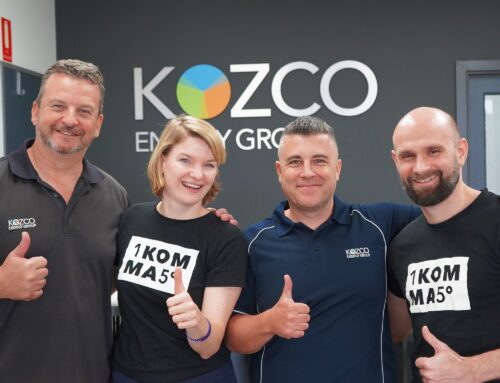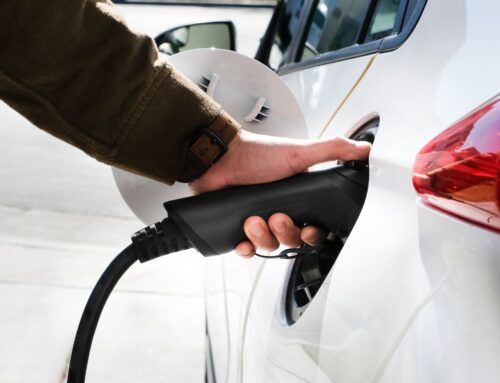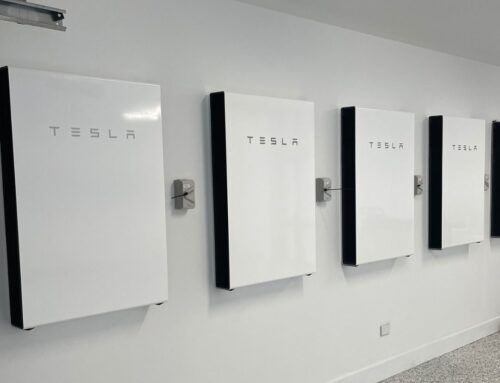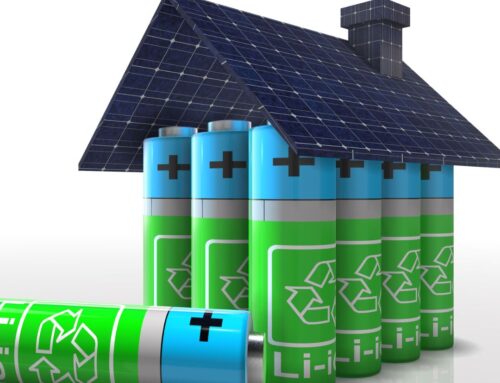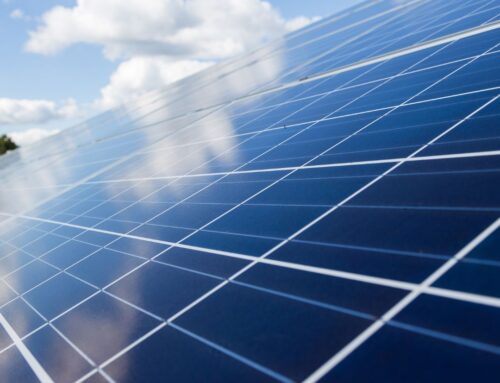Heat Pumps: Australia’s Hidden Gem for Decarbonisation
As Australia strives to tackle the urgent challenge of decarbonisation and transition to a clean energy future, innovative technologies are emerging as key players in this transformative journey. Among them, heat pumps have quietly been gaining momentum as a grossly underestimated solution with immense potential.
Unlocking the Potential of Heat Pumps:
Heat pumps are highly efficient devices that utilise ambient heat from the air, ground, or water to provide heating, cooling, and hot water. Their ability to transfer heat rather than generate it makes them a sustainable and environmentally friendly alternative to conventional heating and cooling systems.
Energy Efficiency and Environmental Benefits:
Heat pumps operate by moving heat from one area to another, rather than generating heat from fossil fuels. This unique mechanism makes them highly energy efficient, offering significant reductions in energy consumption compared to traditional heating and cooling systems. By transitioning from fossil fuel-based systems to heat pumps, Australia can significantly lower its carbon footprint, contributing to national and international climate change mitigation goals.
Applications in Residential and Commercial Sectors:
Heat pumps are versatile and can be used in various settings, including residential homes, commercial buildings, and industrial facilities. They are particularly effective in regions with moderate climates like Australia, where they can efficiently provide both heating and cooling throughout the year. There is immense potential for heat pumps in both existing buildings and in new construction, presenting a significant opportunity for energy efficiency improvements across the country.
Overcoming Barriers and Encouraging Adoption:
Despite their numerous advantages, heat pumps still face barriers to widespread adoption. These barriers include upfront costs, lack of awareness, and misconceptions regarding their effectiveness. By addressing these barriers, Australia can unlock the full potential of heat pumps.
Heat pumps offer energy efficiency, environmental benefits, and grid flexibility, making them a valuable tool for reducing carbon emissions and improving energy resilience. Let us all recognise the power of heat pumps and work towards a greener and more sustainable Australia for generations to come.
The Winning Combination of Heat Pumps and PV to Maximise Energy Efficiency.
In the countryside of Germany, where sustainability and innovation thrive, a remarkable energy transformation is underway. The combination of heat pumps and photovoltaic (PV) systems delivering substantial savings is paving the way for a sustainable future. Below explores the case study showcasing the potential of integrating heat pumps with PV technology in a German residential home.
The Power of Heat Pumps and PV Systems:
Heat pumps and PV systems have emerged as two key pillars in the renewable energy revolution, transforming the way we power our homes and reducing our carbon footprint. Heat pumps utilise the natural warmth found in the air, ground, or water to heat or cool our living spaces efficiently. Whilst PV systems harness the sun’s energy and convert it into clean electricity. When combined, these technologies create a harmonious synergy, elevating the energy efficiency of residential homes to unprecedented levels.
A Glimpse into Germany innovation:
In a picturesque German village, a residential home became the canvas for a remarkable energy makeover. The owners, decided to embark on a sustainable journey by installing a heat pump and a PV system on their property. The transformation was nothing short of astounding.
The Heat Pump Advantage:
Riedel family bid farewell to their old fossil fuel-dependent heating system and welcomed a state-of-the-art heat pump into their home. The heat pump, utilising the natural warmth from the surrounding air, efficiently generated heat during colder months and provided refreshing cooling during summer. With reduced energy consumption and a significant drop in carbon emissions, the Müllers not only experienced improved comfort but also contributed to a greener environment.
The Magic of Photovoltaics:
To further maximize their energy independence, the Riedel decided to harness the power of the sun by installing a PV system on their rooftop. This move not only reduced their reliance on the grid but also allowed them to generate their own clean electricity. The photovoltaic panels soaked up sunlight during the day, converting it into usable energy, which could be stored for later use or sold back to the grid. It both benefited the planet and their wallets.
Synergy in Action:
The beauty of this project is integration of the heat pump and PV system. The extra electricity produced by the PV system was channelled to power the heat pump, reducing the overall energy demand from the grid. In return, the heat pump reciprocated by providing warm water for the PV system during colder months, boosting its efficiency. This relationship ensured optimal energy utilisation and paved the way for remarkable savings.
Economic and Environmental Benefits:
The results of this integrated system were truly impressive. The Riedel experienced a significant reduction in their energy bills, with estimates suggesting savings of up to 40% compared to their previous energy expenses. Simultaneously, their carbon footprint shrank, reflecting their commitment to a greener lifestyle. The positive impact on the environment was substantial, contributing to Germany’s ambitious renewable energy goals.
Inspiring Change:
The success story of the Riedel family demonstrates that embracing sustainable technology can lead to tangible benefits for both individuals and the planet. By adopting heat pumps and PV systems, we can create a future where homes are comfortable, energy-efficient, and environmentally responsible.

